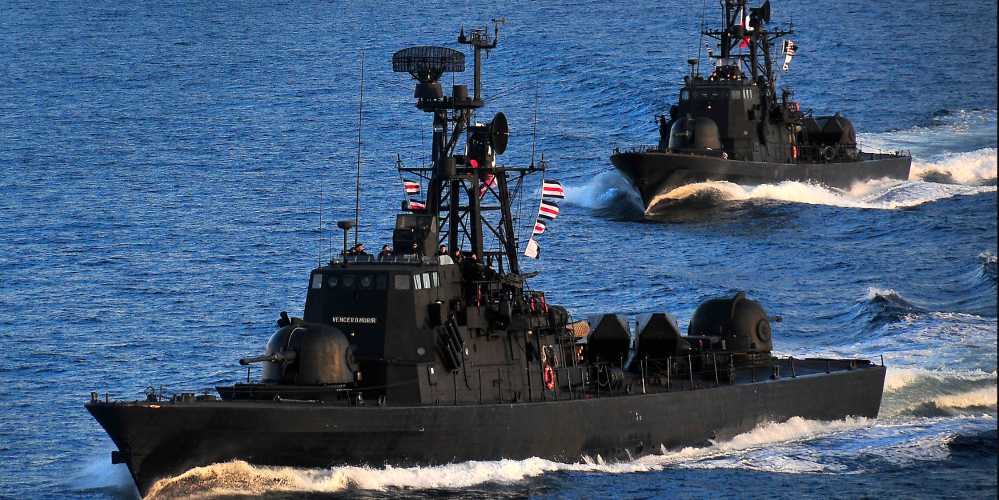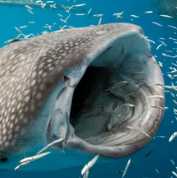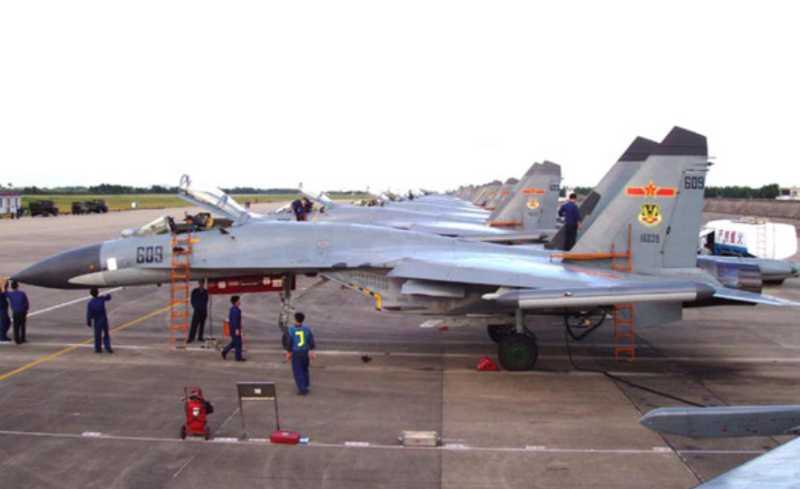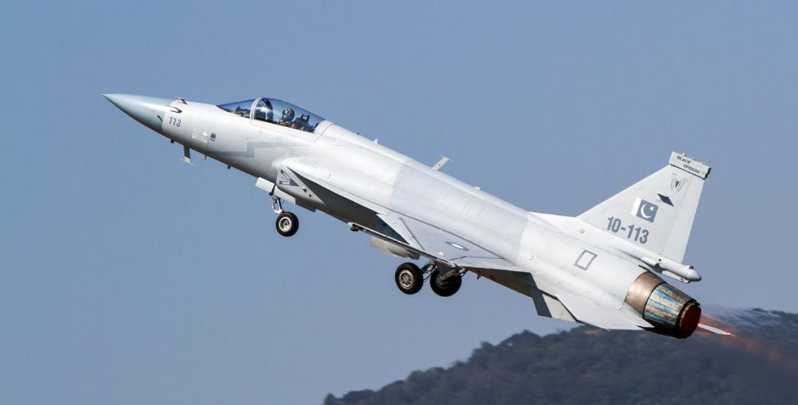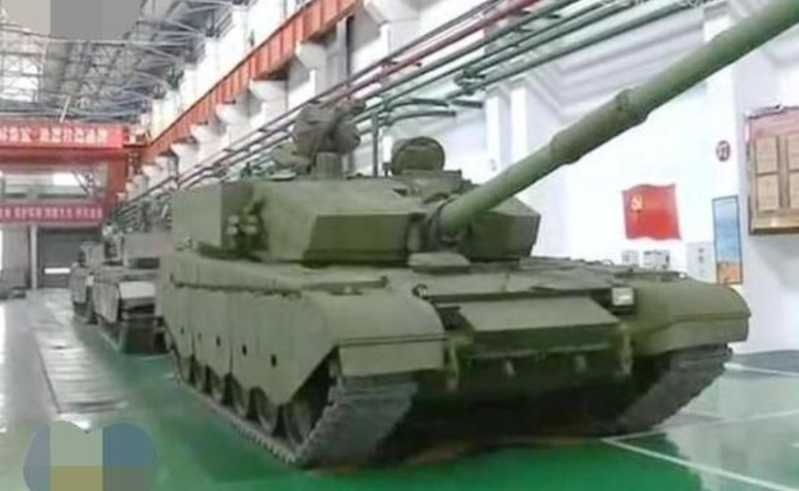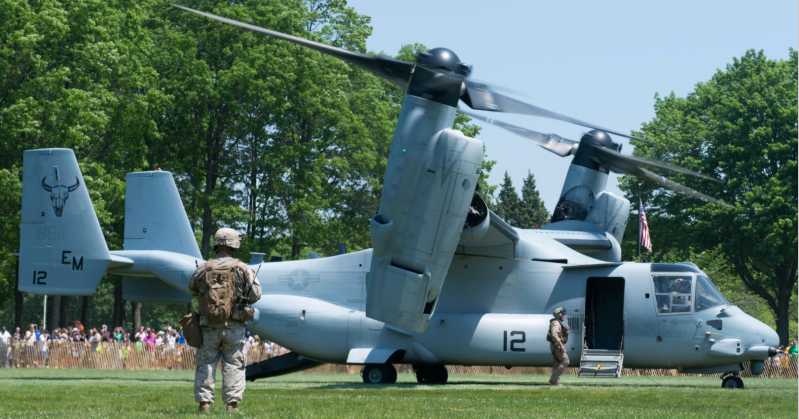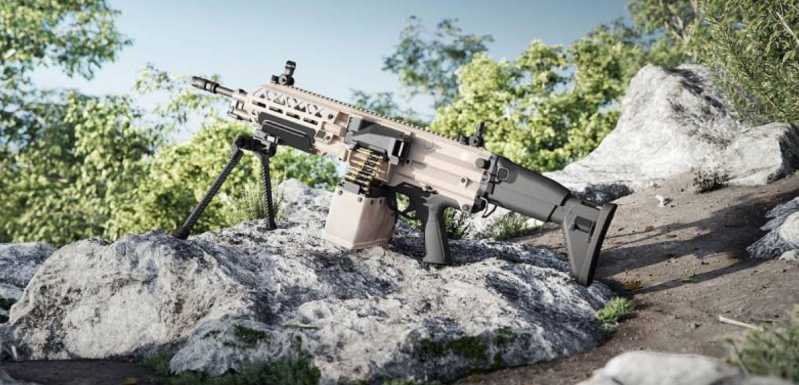The battlefield is the best stage to test the performance of weapons. The outstanding performance of the French-built "Saar" 2/3 in the Fourth Middle East War made the Israeli Navy see the huge development prospects of small surface ships, and further strengthened its determination to develop small sea-control ships. However, the helplessness of the "stealing boat incident" also made the Israeli Navy feel frightened, making it eager to establish its own military shipbuilding industry to avoid losing external sources of weapons when it is subject to blockade and sanctions during wartime, thereby affecting the war situation. The direct product of this plan is the "Saar" 4 missile boat.
Having an independent defense industry is a necessary prerequisite for becoming a military power. After its founding, Israel suffered arms embargoes and sanctions, mainly from European countries, in the previous Middle East wars. Although the Israeli army relied on its outstanding strategies and tactics to escape danger and did not affect the final outcome of the war, its determination to develop its national defense industry has been strengthened. The independence and localization of its army, navy and air force weapons and equipment have achieved a series of outstanding results. A series of advanced weapons and equipment with unique Israeli characteristics, such as the "Young Lions", "Merkava" and "Iron Dome", have been launched one after another and have performed brilliantly on the cruel battlefields of the Middle East, gradually establishing Israel’s transcendent international status as a "pocket superpower".
In the 1960s and 1970s, Israel’s military shipbuilding industry was completely blank. In addition, the tense international situation and the harsh geopolitical environment made it extremely difficult to start a business from scratch. However, the Israelis, known as the "chosen ones", were lucky. They cleverly took advantage of the strong assistance from the Federal Republic of Germany. In order to compensate for the heinous crimes committed by the Nazis against the Jews during World War II, the Federal Republic of Germany provided Israel with strong assistance in terms of funds, infrastructure and technology, and sent a technical team to help improve the equipment of the Haifa Shipyard and guide the development of related construction processes. This played a vital role in the growth of Israel’s military shipbuilding industry, and Israel’s military shipbuilding field was therefore deeply imprinted with German characteristics. The development of the "Saar" 4 marked the beginning of the true independence of Israel’s military shipbuilding industry.

Large size
The "Saar" 4 type is based on the design of the "Saar" 3 type, and the overall hull is enlarged. The boat design refers to the "Female Warrior" 3 type built by the Normandy Mechanical Shipyard in France for the Greek Navy at that time. The length of the boat increased from 45 meters to 58 meters, an increase of 28.88%; the width of the boat increased from 7 meters to 7.8 meters, an increase of 11.43%; standard displacement increased from 240 tons to 415 tons, an increase of 72.92%, and the crew was 45 people. The "Saar" 4 type focused on optimizing the drag reduction effect of the underwater appendages of the hull. Although the displacement is nearly double that of the "Saar" 3 type, the draft remains at 2.4 meters. The wider hull gives it a better endurance, self-sustaining power and internal space than the "Saar" 3 type. The power system is consistent with the "Saar" 3 type, and continues to use 4 German MTU 16V 956 TB91 high-speed diesel engines, two engines driving one propeller in parallel, dual-axis propulsion, and the maximum speed under normal conditions can reach 32 knots. In the Latakia naval battle, the first boat "Reshef" once set a maximum speed of 34 knots, which shows that the linear drag reduction design of this type of boat is quite successful. The endurance of this type of boat at a speed of 17.5 knots reaches 4,000 nautical miles, and its combat range can completely cover the Mediterranean Sea.


The two long-distance voyages of this type of boat fully demonstrated its superior endurance: Due to the blockage and blockade of the Suez Canal caused by the war, in February 1974, two "Saar" 4-type boats set out from the Haifa base, passed through the Mediterranean Sea to the west through the Strait of Gibraltar, passed through Dakar, the capital of Senegal in West Africa, and Cape Town Port in South Africa for supplies, bypassed the Cape of Good Hope and entered the Indian Ocean, and then crossed the Red Sea. In March, they arrived at the southern Israeli port city of Eilat in the Gulf of Aqaba, which took 28 days and a total voyage of 12,000 nautical miles. Two years later, in June 1976, the Israeli Navy again sent two "Saar" 4-type boats from Haifa Port, crossed the Mediterranean Sea to the west, crossed the Atlantic Ocean, and successfully arrived at the Port of New York in 10 days. This voyage was one of a series of actions carried out by Israel to win the support of the US government. Its resolute image of "small wins big" and "crossing the ocean" made the trip to the United States a huge success, which once caused a sensation in the Western naval community.
Armament integration
Although the large-scale design of the hull size is very successful, providing a reliable platform guarantee for the installation of more powerful and advanced weapon systems, in fact, the improvement of the "Saar" 4 type in terms of the overall firepower of the boat is not large, and the designers pay more attention to improving the battlefield situation awareness of this type of boat. In the early days of construction, the "Saar" 4 type was only equipped with one "Otto Melara" 76mm single-barrel rapid-fire gun at the bow and stern (some boats are still equipped with 40mm naval guns at the bow) and 6 "Gabriel" 1 single-mounted anti-ship missile launchers (3 on each side of the hull). The firepower has not been substantially improved compared with the "Saar" 3 type. However, with the passage of time and changes in mission requirements, Israel will obviously not waste such an excellent hull platform, and its weapon system configuration has been gradually strengthened, and it has been continuously improved in the direction of heavy armament.
The first thing to be strengthened is the air defense capability. The 76mm naval gun at the A gun position on the bow deck was replaced by the Mk-15 "CIW" 6-barrel 20mm close-in defense gun developed not long ago by General Dynamics of the United States. At the cost of sacrificing half of the anti-sea strike and medium- and long-range air defense firepower, the terminal air defense and anti-missile capabilities of the entire boat were effectively improved. This method of installing a close-in defense system at the main gun position on the bow deck can obtain the maximum shooting coverage angle in the front hemisphere direction, and it has also become a major iconic feature of the main naval ships in the future.
Secondly, the anti-ship attack capability has been strengthened. Some boats are equipped with the "Gabriel" 1 anti-ship missile launcher in the middle and rear of the hull in a 3-in-4 manner, that is, there is a 3-unit launcher in the front and 4 single-unit launchers in the rear, carrying a total of 7 missiles. Some boats removed the two Gabriel 1 missile launchers near the stern and added 1~2 4-mounted Mk-141 Harpoon anti-ship missile launchers at the same position, which were fired at a 45° angle to the centerline of the boat toward the bow. The remaining Gabriel arrangements vary according to the specific boat. The anti-ship combat capability of the whole boat has been greatly improved. The two anti-ship missiles have enriched the strike range of the whole boat and greatly enhanced the flexibility of the attack mission.
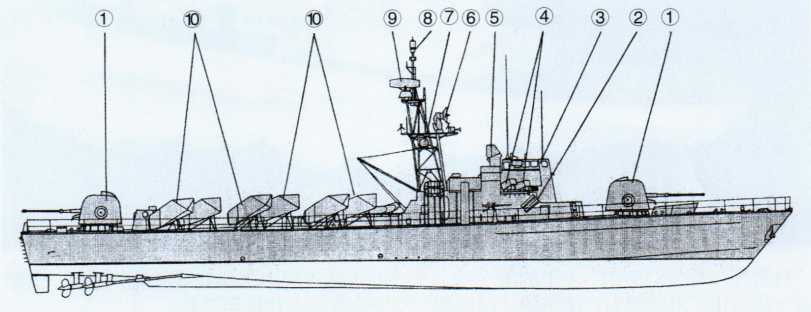
Given that the range of "Gabriel" 1 is too short (only 20 kilometers), in actual combat, Israeli naval missile boats often need to be extremely close to the enemy’s coast or ships to carry out effective attacks. Therefore, there have been cases where Israeli missile boats were damaged by Syrian coastal artillery using M46 130mm coastal artillery. For this reason, the Saar 4 was replaced with the Gabriel 2, which has a maximum range of 36 kilometers. The two are very similar in appearance and difficult to distinguish. The Gabriel 2 has upgraded electronic equipment, increased the warhead to 180 kilograms, and improved the engine charge to increase propulsion. With the diameter only increased by 0.01 meters, the warhead increased by 90 kilograms and the range increased by 80%. The last four Saar 4s also enhanced their anti-submarine combat capabilities. The 76mm rapid-fire gun at the stern was removed, and the freed space was used to install a small deckhouse for retracting and deploying variable depth sonar; two triple-mounted 324mm torpedo launchers were installed on the middle deck of the hull to launch Mk46 light torpedoes, making up for the shortcomings of anti-submarine capabilities and truly becoming a multi-purpose boat.

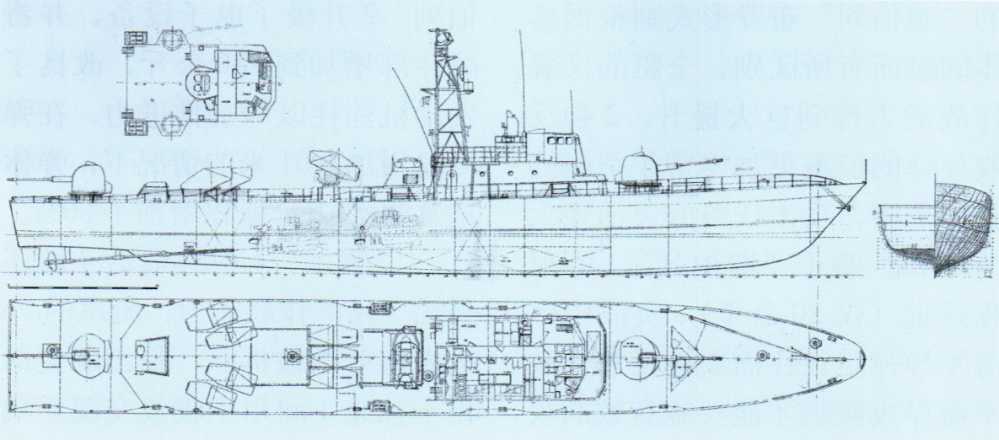
Electronic warfare capabilities have also been improved. In subsequent modifications, the "Saar" 4 type has been equipped with three different types of rocket jammer launchers, including a group of 54-unit launchers in the middle of the hull, a total of 10 groups of 12-unit launchers below the rear of the main mast, below the front of the navigation bridge and on both sides, and 2 groups of 2-unit launchers below the front of the navigation bridge. The above configuration varies from boat to boat. In addition, according to needs, some boats have temporarily installed multiple groups of jammer launchers at multiple locations on the deck, which is a valuable experience of the Israeli Navy based on actual combat. These jammers have different calibers and ranges, advanced performance, large base, and wide coverage. The number and scale of equipment even surpassed many destroyer-level warships in Europe and the United States at that time, becoming a distinctive feature of the Israeli Navy’s surface ships.

Some boats have also removed the anti-ship missile launcher in front of the 76mm gun at the rear, and installed two symmetrical davits here to retract and release rigid inflatable boats, which can intercept and inspect targets such as smuggling ships at sea. In addition, two M2 12.7mm heavy machine guns and two M240 7.62mm general-purpose machine guns have been installed on the decks on both sides for daily patrols and alerts.
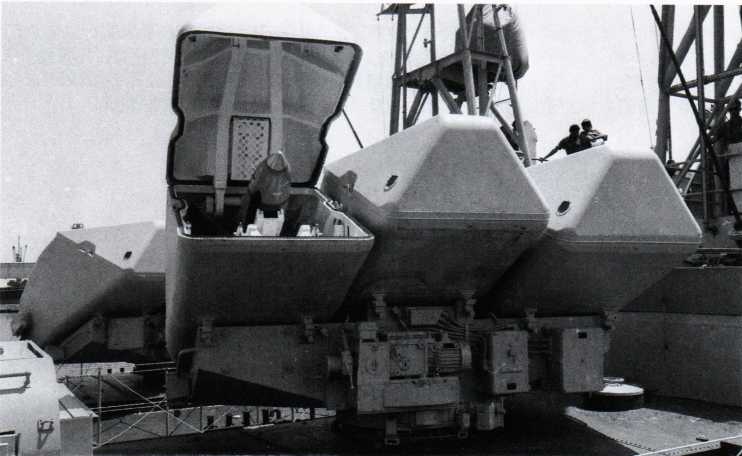
In the 1980s, a Saar 4 (unknown name) was converted into a test platform for the Barak 1 short-range ship-to-air missile. The 76mm naval gun at the stern was removed, and a 6-unit inclined ship-to-air missile launcher was installed at the same position. The corresponding test electronic equipment was also added to the mast to test the Barak 1 missile developed by Israel Aerospace Industries (IAI). In addition, the Tashish also removed the 76mm gun at the stern in 1979 and built a simple helicopter landing platform for temporary testing. According to records, after three Saar 4s were retired, the subsystems on the boats were moved to the newly built Saar 4.5, namely the Keaton, Tashish and Jaffa, but the details are unknown.
Team scale-up
As the pioneer of localization of the "Saar" family, a total of 10 "Saar" 4-type ships were built, namely "INS Reshef" (also known as "Spark"), "INS Keshet" (also known as "Bow"), "INS Romat" (also known as "Lance"), "INS Kidon" (also known as "Javelin"), "INS Tarshish", "INS Yaffo", "INS Nitzachon" (also known as "Victory"), "INS Atzmahut" (also known as "Independence"), "INS Moledet" (also known as "Motherland") and "INS Komiyut" (INS Komemiyut, also known as the "Sovereignty", was built entirely by the Haifa Shipyard in Israel. Unlike the relatively messy models of the "Saar" 1/2/3, starting from the "Saar" 4, the size of its family members has become increasingly regular, and the appearance of each model in different periods is relatively easy to distinguish, which has greatly facilitated the research of intelligence departments and ship enthusiasts in various countries.

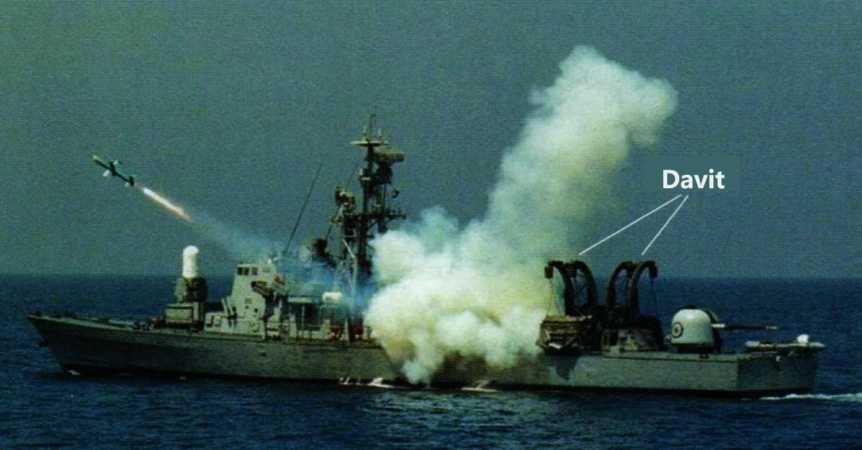
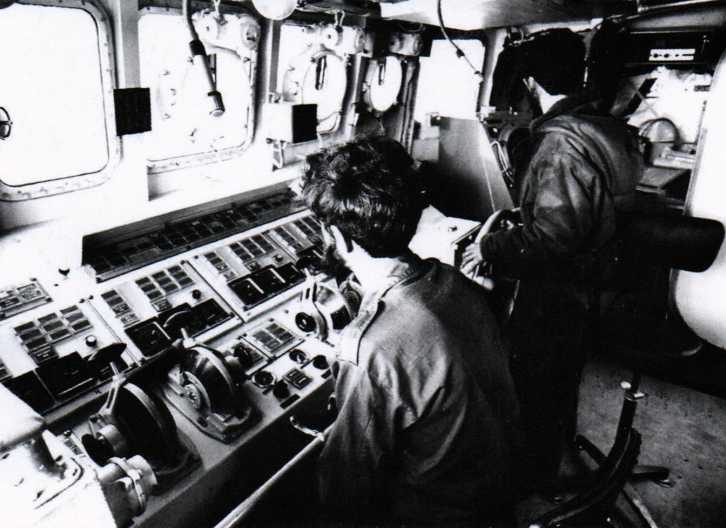
In January 1970, the construction of the first "Saar" 4 type boat "Reshef" began at the Haifa Shipyard. For this purpose, the Lürssen Shipyard in Bremen, the Federal Republic of Germany, sent a technical assistance team of 36 experts to the Haifa Shipyard to assist in improving the shipyard’s technical equipment and standardizing shipbuilding processes. Limited by the weak shipbuilding industry foundation, the construction of the "Reshef" took a long time and the progress was relatively slow. It was not launched until April 1973. In view of the increasingly tense Arab-Israeli relations at the time, the "Reshef" immediately began high-intensity and intensive combat training while outfitting and sea trials to quickly form combat effectiveness. The 10th and last boat of this type, the "Komimiut", was launched in July 1978 and entered service in August 1980. According to the currency value of 1970, the construction cost of a "Saar" 4 type was 10 million US dollars (excluding weapon systems).
Like the Saar II/III, the Saar IV has maintained a high level of combat readiness throughout its service life and has been used intensively. Whether in the waters off Lebanon and Syria or in the northern Red Sea, this type of boat has maintained a strong deterrent to Arab opponents. In the Fourth Middle East War, the Reshef and the Saar II/III jointly won the famous Latakia Battle off the coast of Syria. In the Fifth Middle East War and all the large-scale military operations of the Israeli army, the Saar IV has completed its combat missions excellently without any losses.
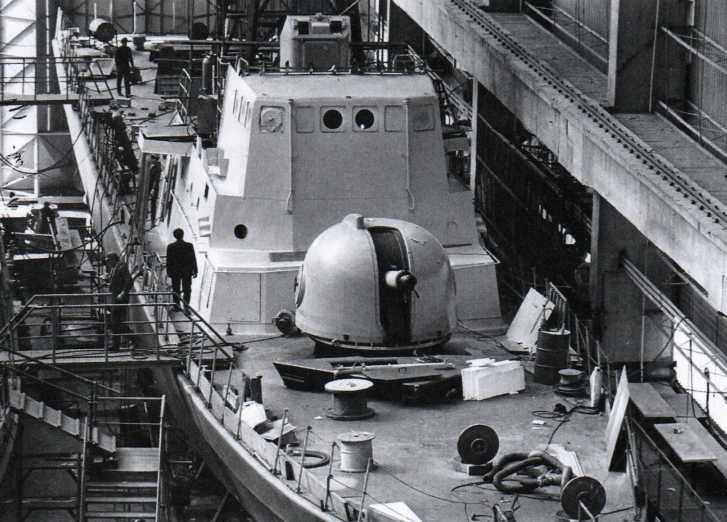
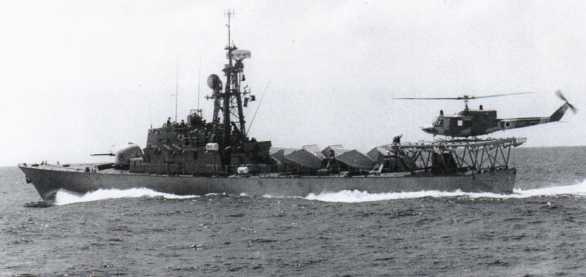
Export situation
Balanced performance, moderate price, and excellent performance in actual combat are naturally the best advertisements for a weapon system. In the 1970s and 1980s, the white government of South Africa, which was subject to international arms embargo sanctions due to its apartheid policy, cooperated with Israel to introduce the full set of "Saar" 4 technology, and built 9 Warrior-class (hull numbers P1561~P1569) missile boats for the South African Navy at its Durban shipyard. The Warrior class has made corresponding improvements to its own use environment, such as replacing the main engine system with a higher output power, and strengthening the hull structure to adapt to the harsh sea conditions in the Cape of Good Hope, which is famous for storms; the full displacement of the boat reaches 430 tons, the length of the boat is enlarged to 62.2 meters, the width and draft have not changed, and the maximum speed has been increased to 33 knots. However, South Africa’s technical background is not enough to solve the reliability problem of the main engine system of this type of boat, which has long been the core problem limiting the Warrior class’s navigation rate. Three boats have caught fire or even exploded and were scrapped. The navigation rate of the entire fleet is quite low. During this period, except for the partial upgrade of communication, electronic warfare, target indication, damage control, main engine monitoring and other equipment, no major technical modifications have been carried out. The anti-ship combat and electronic warfare capabilities are far inferior to its cousin "Saar" 4. Fortunately, the strength of the surrounding opponents of the South African Navy is not strong, so no big mistakes have been made. After the fall of the apartheid regime in South Africa, the maintenance of this type of boat deteriorated. As of 2020, only one boat was left in service, becoming a relatively poor branch of the "Saar" family.
The Chilean Navy is another important user of the "Saar" 4. It received the first "Saar" 4 in 1979 and the second in 1981, becoming one of the most advanced missile boats in South America in the early 1980s. The Chilean Navy has a high opinion of it, and even the retired "Saar" 4 is very popular. On June 1, 1997, the first "Saar" 4 boat, the "Reshef" with outstanding military achievements, crossed the ocean to achieve "re-employment". In 1998, the Chilean Navy also received the same type of boat No. 5 "Tashish" as an "organ donor" specifically for the supply of repair parts. The Chilean Navy renamed the three "Saar" IV-type ships as the Casma class, namely the "Casma" (hull number LM-30, formerly the "Romat"), the "Kipana" (hull number LM-31, formerly the "Cochet"), and the "Angamos" (hull number LM-34, formerly the "Rechev"). These three boats are early boats that have not been modernized. From 2000 to 2003, the Chilean Navy replaced them with new main engine systems, upgraded their fire control systems, and repainted them in dark gray, which is unique to South America. Due to good maintenance, they are still in service today, and their service life has exceeded 40 years. Years.
Sri Lanka in South Asia is another place where the retired Saar IV type ships are re-employed. Around 2000, the Sri Lankan Navy purchased two retired Saar IV type ships, the Moredayt and the Komimyut, and renamed them the Nandimitra (hull number 701) and the Suranimala (hull number 702), Israel removed the missile weapons before delivery, leaving only the naval guns, making it a high-speed patrol gunboat. Several "Dvora" fast attack boats were also sold with it. In the following years, these two boats played an important role in assisting the Sri Lankan government forces in the military operations against the Liberation Tigers of Tamil Eelam, effectively cutting off the LTTE’s maritime supply lines. However, with the end of the war, the Sri Lankan Navy did not properly maintain these two boats. In addition, due to the humid and hot climate conditions in South Asia, the technical condition of the two boats was extremely poor. They are currently out of service. The last two "Saar" 4-type "Ni Tsakon" and "Atez Mahut" of the Israeli Navy were also retired around 2010, completely ending their military careers in the Mediterranean. Throughout its entire service career, its performance was remarkable. On the premise of excellently completing the established technical and tactical goals, it also achieved export, winning a good reputation for the Israeli Navy’s equipment in the world ship market. As the foundation of the localization of Israeli Navy surface ships, it undoubtedly has a very important historical position.


